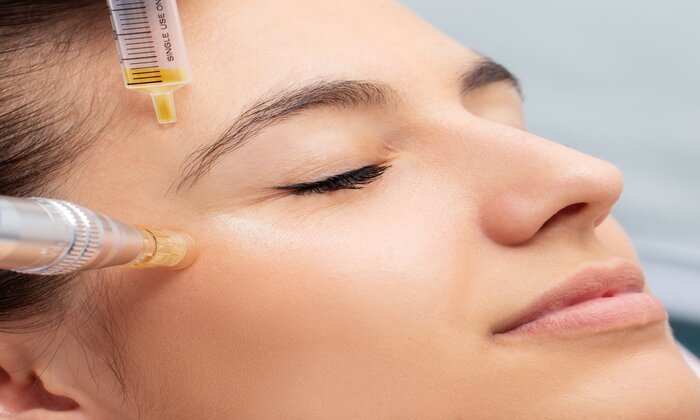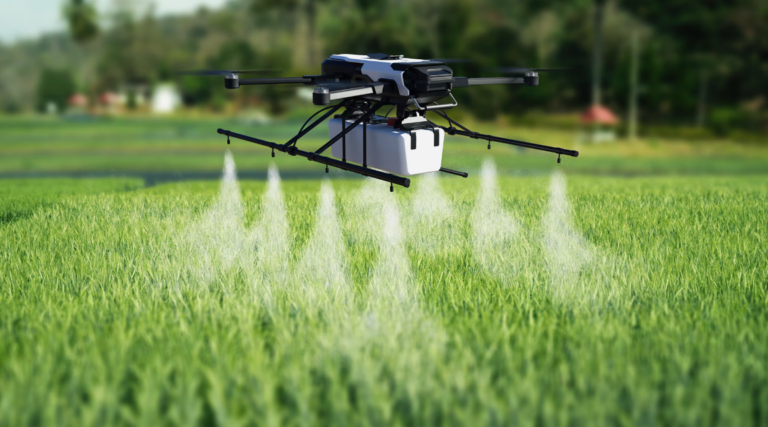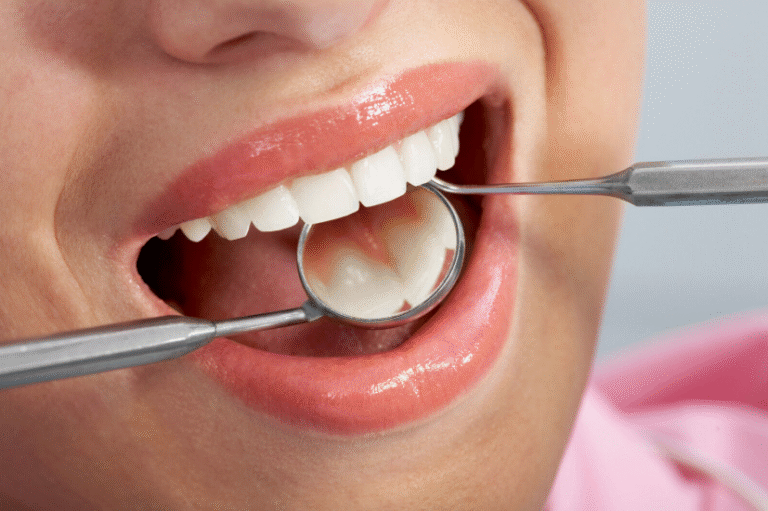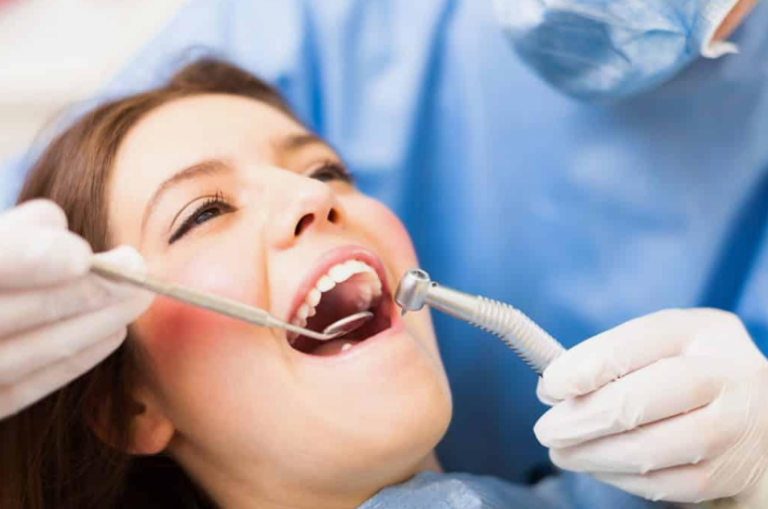Aging is a natural process that comes with physical changes, including fine lines, wrinkles, and reduced skin elasticity. With advancements in technology, the beauty and wellness industry has introduced a variety of treatments aimed at addressing these changes. One approach that is gaining attention is PRP (Platelet-Rich Plasma) therapy.
What is PRP Therapy?
PRP therapy involves the use of an individual’s own blood to harvest plasma that is rich in platelets. Platelets are special components in blood that play a role in healing since they release growth factors that help stimulate cell repair and regeneration. This therapy has been utilized for years in the medical field, and its application has recently expanded to the field of aesthetics. The foundation of PRP therapy is that it uses the body’s own resources to naturally stimulate repair processes. By isolating the platelet-rich plasma, providers can obtain a concentrated solution that is later utilized for the procedure.
How Does it Help with Aging?
The application of PRP in aesthetics is based on its ability to stimulate natural regenerative processes within the skin. For those concerned about the visible effects of aging, PRP therapy may offer an approach that supports skin rejuvenation. The growth factors released by platelets can promote collagen production, a protein that plays a key role in maintaining skin strength and elasticity. Collagen production typically decreases with age, which contributes to fine lines, wrinkles, and sagging skin.
Some individuals explore PRP therapy as a potential option for addressing:
- Uneven skin tone or texture
- Dullness and reduced radiance
- Wrinkles and mild volume loss
PRP therapy is not a one-size-fits-all solution and is often used in combination with other treatments to enhance its effects. Some seek these treatments as part of their skin routine while others might explore it for specific cosmetic concerns.
How Does the Procedure Go?
The PRP therapy process begins with a consultation to discuss individual goals and expectations. Once the treatment day arrives, the provider follows a series of clearly defined steps to complete the procedure.
Blood Collection and Platelet Isolation
The first step involves drawing a small amount of the patient’s blood, usually from the arm. This process is quick and involves only a minimal amount of discomfort, comparable to having blood taken for a routine medical test. The collected blood is placed in a centrifuge machine. The centrifuge spins the blood at high speed to separate its components. After a few minutes, the platelet-rich plasma is carefully extracted for use in the procedure.
Application
Depending on the desired results, PRP can be applied to the skin in multiple ways:
- It may be directly injected into targeted areas, such as fine lines or areas experiencing volume loss.
- It can be combined with microneedling technology, which creates tiny channels in the skin to allow the plasma to penetrate more deeply.
The treatment is usually completed within an hour or two, and patients can typically resume normal activities shortly afterward. Swelling may appear immediately after the procedure but tends to subside within a few days.
Key Takeaways
PRP therapy offers a unique approach to anti-aging treatments by utilizing the body’s own platelets to stimulate natural skin rejuvenation processes. With potential applications ranging from promoting a smoother texture to improving the appearance of fine lines, many individuals are exploring this therapy as part of their skincare journey. While PRP therapy may not be suitable for everyone or every aesthetic goal, it adds to a growing array of options in the realm of minimally invasive cosmetic treatments. Exploring this therapy involves an individualized consultation, during which providers can outline whether it aligns with your beauty goals.







